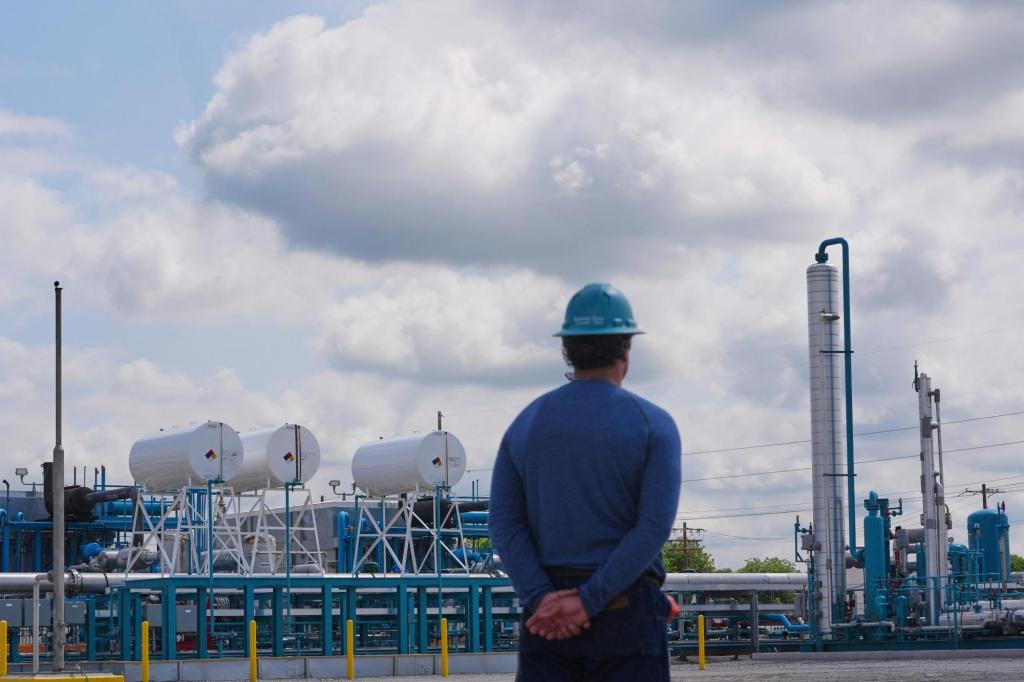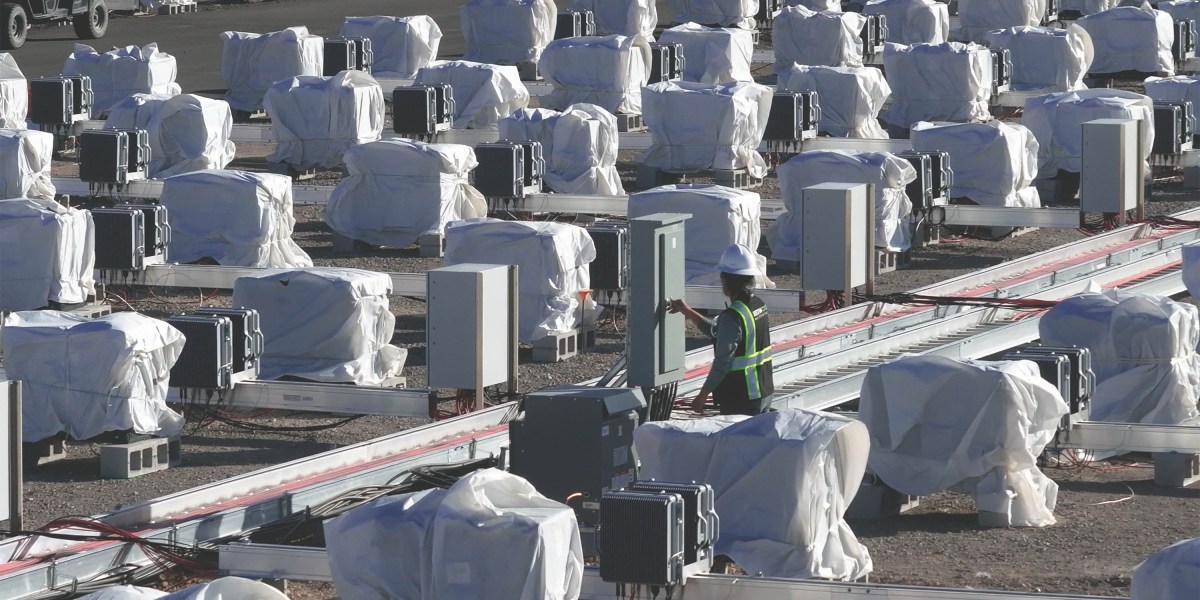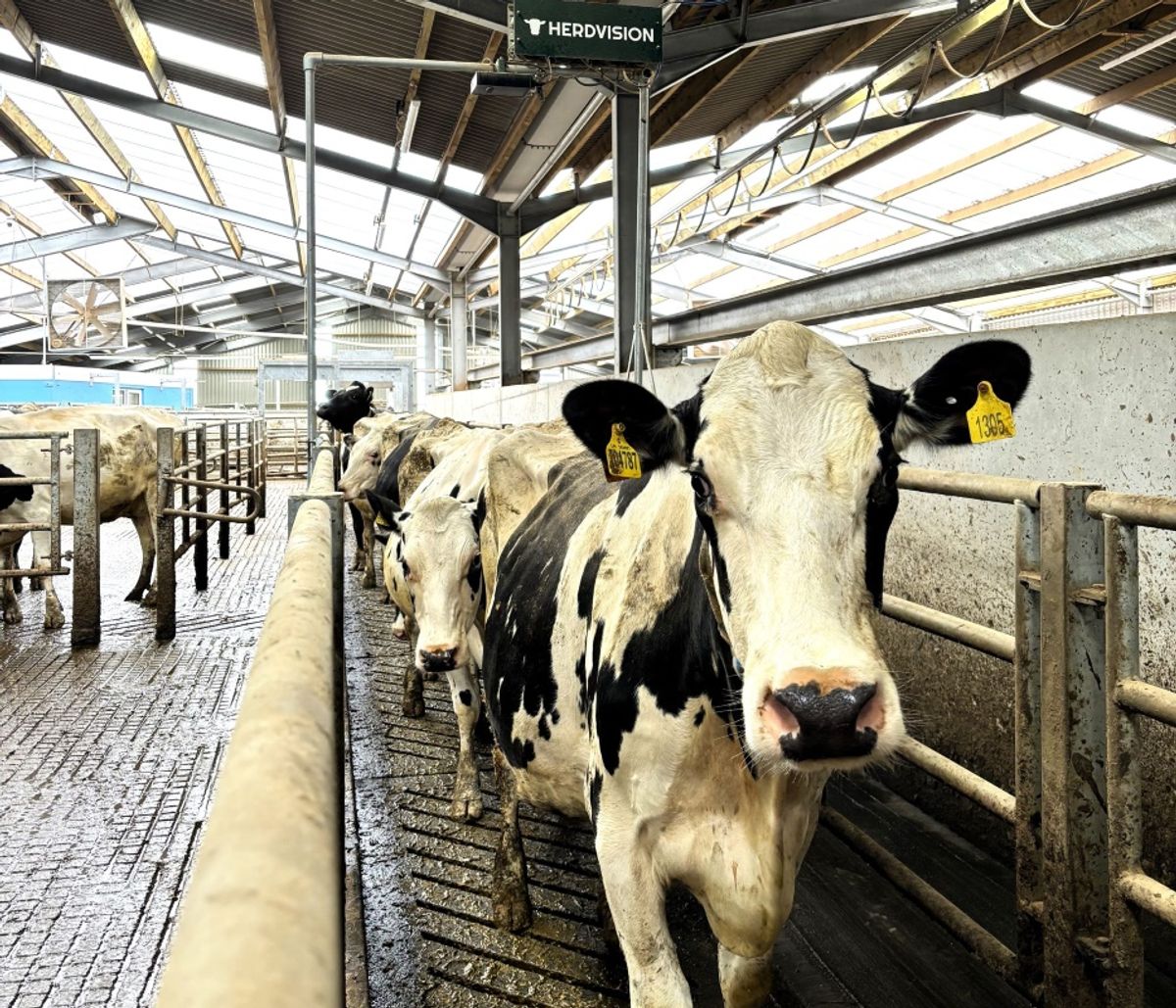Summary
A 2021 study also found the carbon capture process emits significant amounts of methane, a potent greenhouse gas thats shorter-lived than carbon dioxide but traps over 80 times more heat. That happens through leaks when the gas is brought to the surface and transported to plants.
Source: The Associated Press on MSN.com

AI News Q&A (Free Content)
Q1: What is Carbon Capture and Storage (CCS) and how does it function?
A1: Carbon Capture and Storage (CCS) is a process that captures carbon dioxide (CO2) emissions from sources like industrial plants before they enter the atmosphere. The captured CO2 is then transported to a storage site, typically deep underground in geological formations. This process helps in reducing greenhouse gas emissions, with much of the CO2 being used for enhanced oil recovery (EOR) by injecting it into oil reservoirs to extract more oil. Despite its potential, CCS projects have faced significant challenges, with many projects being abandoned and a high failure rate in the electricity sector.
Q2: What are the environmental impacts of methane emissions during the carbon capture process?
A2: During the carbon capture process, methane—a potent greenhouse gas—is emitted, primarily through leaks when the gas is brought to the surface and transported. Methane is shorter-lived than carbon dioxide but traps over 80 times more heat, contributing significantly to global warming. It is important to manage these emissions effectively to ensure the environmental benefits of carbon capture technologies are not undermined.
Q3: How does methane pyrolysis contribute to carbon capture and what are its potential uses?
A3: Methane pyrolysis is a process that converts methane into hydrogen and solid carbon without CO2 emissions. The solid carbon byproduct can be used in high-value applications such as anodes for lithium-ion and sodium-ion batteries. This process provides a low-carbon method for hydrogen production, offering financial incentives for large-scale methane pyrolysis implementation if the carbon byproduct is valorized effectively.
Q4: What does recent research suggest about the role of methane mitigation in global temperature control?
A4: Recent studies, such as the one by Hannah Back et al., suggest that while reducing methane emissions can have significant climate benefits, the long-term impact on global temperatures is determined more by the magnitude of emission reductions rather than the speed of implementation. Mitigation strategies should focus on durable decreases in methane emissions to effectively manage long-term temperature changes and minimize permafrost melt.
Q5: How does the effectiveness of CCS compare to other emission-reduction options like solar and wind energy?
A5: CCS is considered to have a critical but limited role in reducing greenhouse gas emissions. Other options such as solar and wind energy, electrification, and public transit are generally more cost-effective and efficient in reducing air pollution. CCS is most beneficial in specific niches such as heavy industry and plant retrofits, where it complements renewable energy sources.
Q6: What are some of the challenges facing the implementation of carbon capture projects globally?
A6: The implementation of carbon capture projects faces several challenges, including high costs, technical issues, and business risks. Many projects have not materialized, particularly in the electricity sector, resulting in a high failure rate. Additionally, CCS operations require more energy, potentially increasing pollution from fuel extraction and transportation. Government financial support has been crucial in sustaining existing projects.
Q7: What role do international agreements play in promoting carbon capture technologies?
A7: International climate agreements often refer to the concept of fossil fuel abatement, which is generally understood to include CCS technologies. Many CCS projects today have benefited from government financial support, with countries like the US, Canada, Denmark, China, and the UK having programs to support or mandate CCS technologies. These agreements and programs aim to promote the development and implementation of CCS as part of global efforts to reduce carbon emissions.
References:
- Carbon capture and storage
- Valorizing the carbon byproduct of methane pyrolysis in batteries
- Effect of Methane Mitigation on Global Temperature under a Permafrost Feedback




